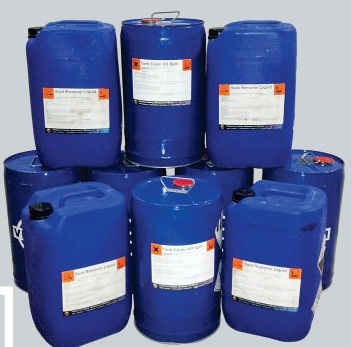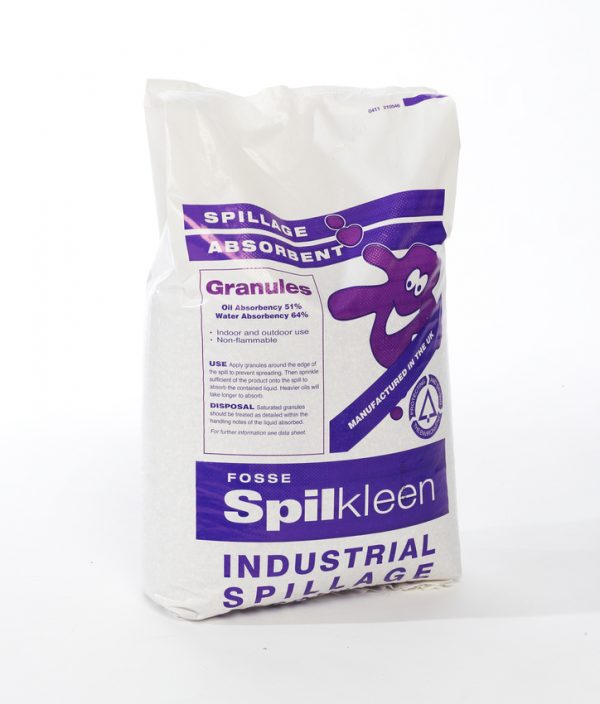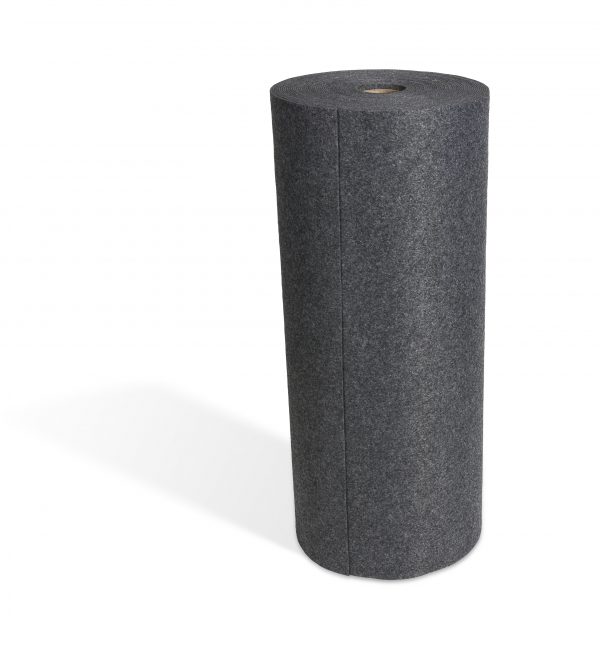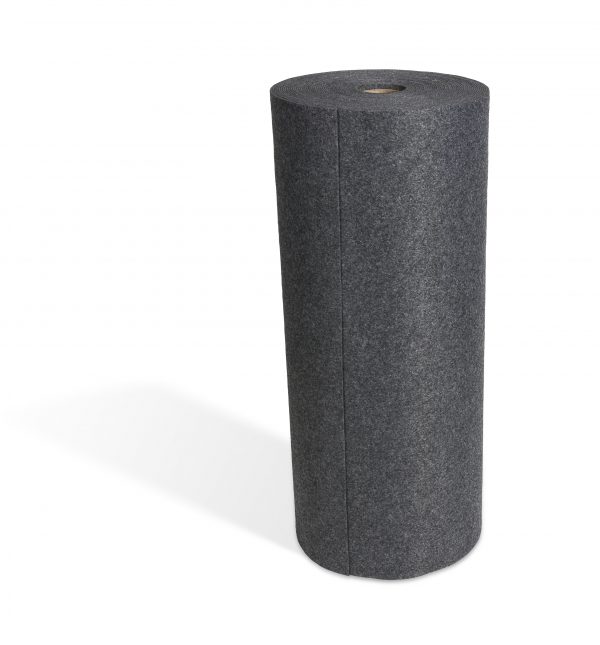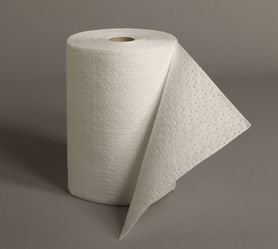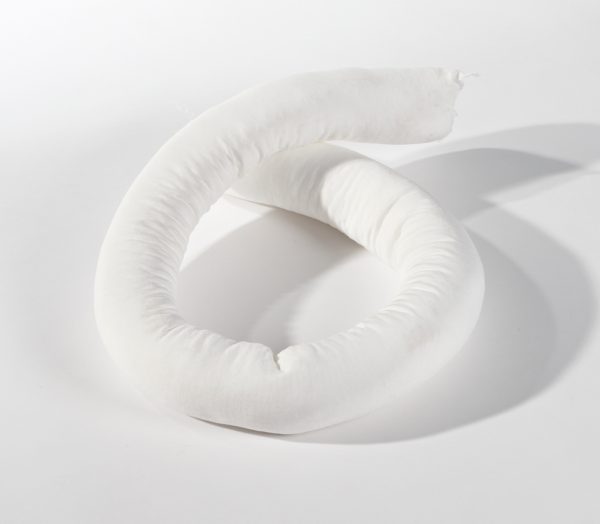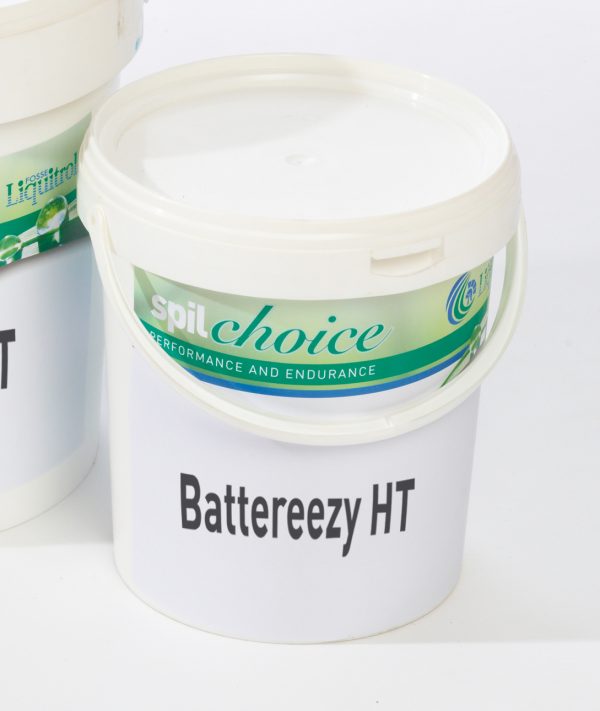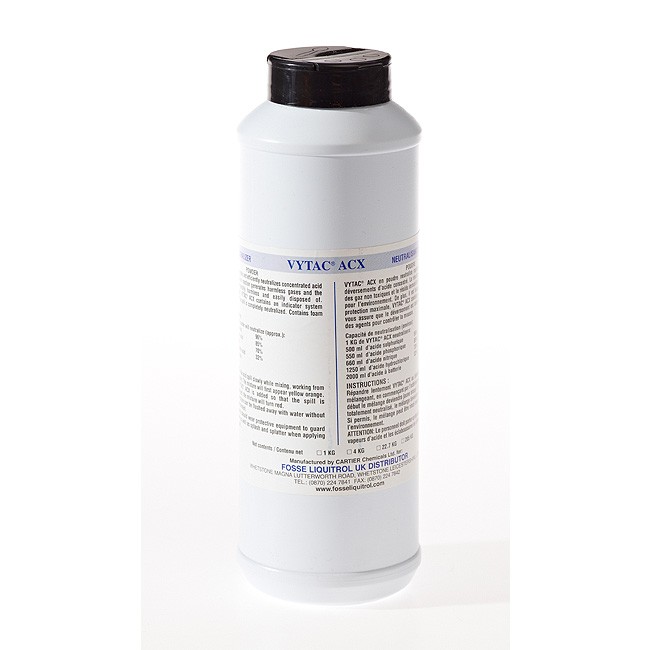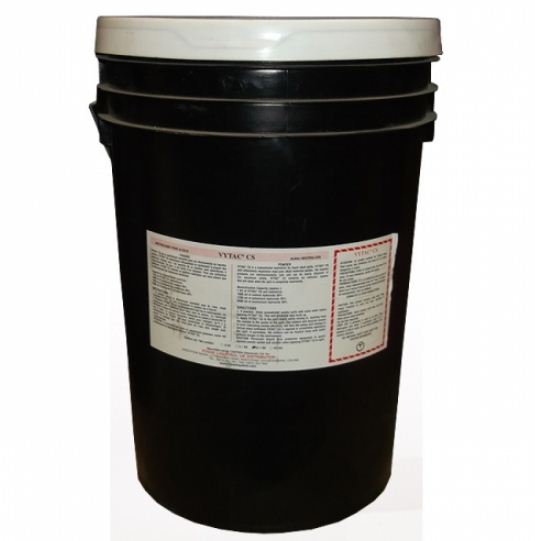OIL SPILL ON WATER
- Where possible, contain any floating spilled oil, using oil booms. If the oil layer is too thick, pump or skim off as much as possible. When most of the spilled oil has been removed or the spilled oil cannot be contained, apply OIL SPILL DISPERSANT TYPE 1 undiluted.
- For small spills, spray OIL SPILL DISPERSANT TYPE 1 using a portable hand spray. Allow the product to react with the oil, then disperse the mixture using water from fire hose or other mechanical means.
- For large spills, use spraying equipment connected to the side of a motor boat. Ensuring the spray is directed over the spill. But spraying can also be done from an aircraft fitted with spraying equipment.
OIL SPILL ON DECKS AND BEACHES
Remove as much spilled oil as possible with an oil absorbent. Spray undiluted OIL SPILL DISPERSANT TYPE 1 over the spill and allow the product to react with the oil. Disperse the mixture with water from a fire hose. For spills on beaches and on rocks the mixture will be dispersed by natural tidal wash action.
TANK CLEANING
The dosage of OIL SPILL DISPERSANT TYPE 1 depends upon the type and viscosity of the crude oil:
| Viscosity | Layer | Solution | |
| Crude oil | low | thin | 4 – 8% |
| Crude oil | high | thick | 6 – 10% |
| Paraffins | 5 – 9% |
TANK CLEANING – CIRCULATION METHOD
Recommended tank cleaning procedure for removing stains from tank linings using OIL SPILL DISPERSANT TYPE 1:
- Mix solutions of OIL SPILL DISPERSANT TYPE 1 either in tank bottom or void space.
- Dilution rate with water between 4 % and 10 %, depending upon light or heavy contamination (see above). Recent experience has shown that a 8 % to 8.5 % solution secures successful cleaning. To boost up the cleaning, an additional shot of 2 to 3 %.
- Do not use the entire quantity of OIL SPILL DISPERSANT TYPE 1 in one solution for all tanks to be cleaned.
- Save a few drums (2 to 3) to “boost” the solution for cleaning the last 20 % to 25 % of the tanks to cleaned.
- The solution used at ambient temperature, however, it is suggested that an increase of the cleaning temperature to maximum 50 °C will enhance the cleaning ability and shorten the cleaning time.
- Proceed to recycle the cleaning solution through the tank washing system for a period of two hours minimum per machine drop. Usually a cleaning time of 4 hours per tank will prove sufficient.
- At completion of chemical application begin washing down with water, using maximum pressure available.
- Inspect tank surfaces and if there remain some stains, spot clean with undiluted OIL SPILL DISPERSANT TYPE 1 directly on the stained area. Allow a reaction time of 30 minutes and then rinse with water.


